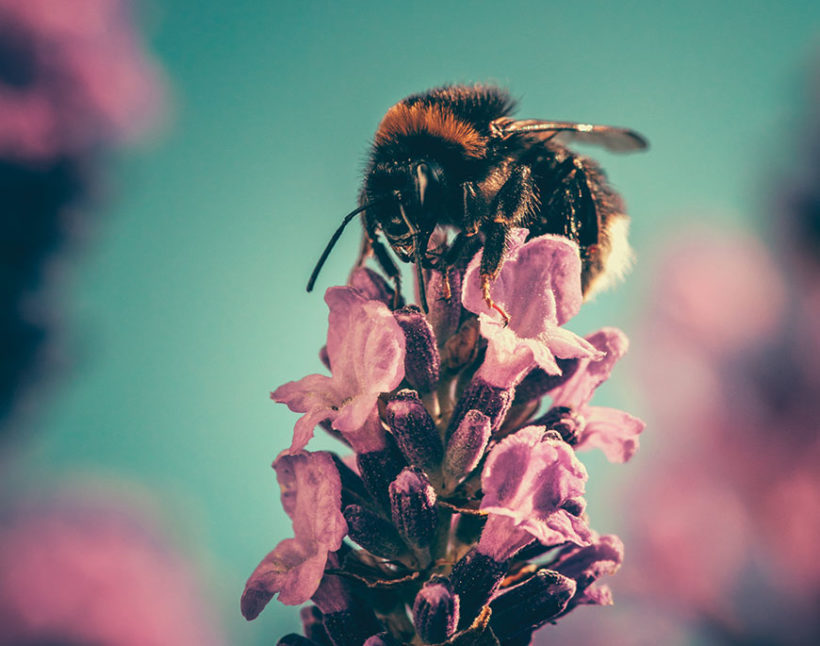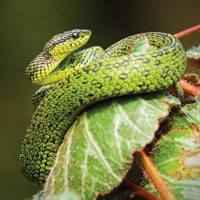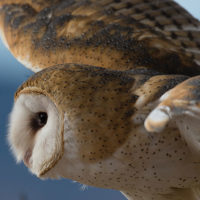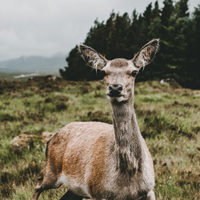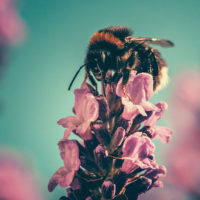References for Why Animals Matter Page
[1] Shettleworth, S. J. (2010). Clever animals and killjoy explanations. Trends in Cognitive Science, 1-5. p. 1.
[2] http://www.earthintransition.org/2012/07/scientists-declare-nonhuman-animals-are-conscious/. See also The Cambridge Declaration on Consciousness in Human and Nonhuman Animals, and the European Union’s Treaty of Lisbon, 2009.
[3] Ferdowsian, H. (2014). Ethical Problems Concerning the Use of Animals in Psychiatric Research. (under review for publication)
[4] Nussbuam, M. (2006, February 3). The moral status of animals. Chronicle of Higher Education. http://chronicle.com/article/The-Moral-Status-of-Animals/25792
[5] Amended in 1970, 1976, 1985, 1990, 2002 and 2007.
[6] For state-by-state laws, see ASPCA at http://www.aspca.org/fight-cruelty/advocacy-center/state-animal-cruelty-laws , http://www.animallaw.info/statutes/topicstatutes/sttoac.htm
[7] Animal Legal Defense Fund (2013). http://aldf.org/resources/advocating-for-animals/animal-protection-laws-of-the-united-states-of-america-and-canada/. http://aldf.org/press-room/press-releases/annual-study-names-2013s-top-five-states-to-be-an-animal-abuser/
[8] See “South Dakota Lawmakers Enact Stronger Anti-Cruelty Laws” for more information: http://www.humanesociety.org/news/news_briefs/2014/03/south-dakota-lawmakers-enact-stronger-animal-cruelty-penalties-031414.html
[9] See also Ascione, F. R.. & Arkow, P. (1999). Child abuse, domestic violence, and animal abuse. West Lafayette, IN: Purdue University Press. And Linzey, A. (2009). The link between animal abuse and human violence. East Sussex, UK: Sussex Academic Press.
[10] Francione, Gary. L. (1995). Animals, property, and the law. Philadelphia: Temple University Press, p. 4.
[11] See the Nonhuman Rights Project and the publications of attorney Steven Wise: http://www.nonhumanrightsproject.org/
[12] Midgley, Mary (2008). “Why Farm Animals Matter.” In The Future of Animal Farming, edited by Marian Stamp Dawkins & Roland Bonney, 21–31. Oxford: Blackwell Pub. p. 21
[13] Linzey, Andrew, & Paul Clarke. (2004). Animal Rights: A Historical Anthology. New York: Columbia University Press.
[14] See books on animal rights philosophy such as: Francione, Gary L. (1996). Rain Without Thunder: The Ideology of the Animal Rights Movement. Philadelphia, PA: Temple University Press. And Nibert, David Alan. (2013). Animal Oppression and Human Violence: Domesecration, Capitalism, and Global Conflict. New York: Columbia University Press. And Regan, Tom. (1983). The Case for Animal Rights. Berkeley: University of California Press.
[15] For speciesism, see Singer, Peter (1990). Animal Liberation. 2nd ed. New York: Random House. And Dunayer, Joan (2004). Speciesism, New York: Lantern Books. For information on parallels between speciesism, sexism, and racism, see books such as: Adams, Carol J. (1990). The Sexual Politics of Meat: A Feminist-vegetarian Critical Theory. New York: Continuum. And Harper, A. Breeze (2010). Sistah Vegan: Black Female Vegans Speak on Food, Identity, Health, and Society, New York: Lantern Books. And Spiegel, Marjorie (1996). The Dreaded Comparison: Human and Animal Slavery. New York: Mirror Books.
[16] See various visions of animal rights in books such as these: Donaldson, Sue, & Kymlicka, Will (2011). Zoopolis: A Political Theory of Animal Rights, Oxford: Oxford University Press. And Hall, Lee (2010). On Their Own Terms: Bringing Animal Rights Philosophy Down to Earth, Darien, CT: Nectar Bat Press. And Steiner, Gary (2008). Animals and the Moral Community: Mental Life, Moral Status, and Kinship. New York: Columbia University Press.
[17] Beers, Diane L. (2006). For the Prevention of Cruelty: The History and Legacy of Animal Rights Activism in the United States. Athens, Ohio: Ohio University Press. p. 3
[18] Steffen, W., Crutzen, P., & McNeill, J. (2007). The Anthropocene: Are humans now overwhelming the great forces of nature? Ambio, 36(8), 614–621.
[19] See resources such as: Wilson, Edward O. (2010). The Diversity of Life, Cambridge, MA: Harvard University Press. And Jamieson, Dale (2002). Morality’s Progress: Essays on Humans, Other Animals, and the Rest of Nature. New York: Oxford University Press.
[20] See resources such as: Kheel, Marti (2008). Nature Ethics: An Ecofeminist Perspective. Lanham, MD: Rowman & Littlefield. And Freeman, Carrie P. (2010). Meat’s Place on the Campaign Menu: How U.S. Environmental Discourse Negotiates Vegetarianism. Environmental Communication, 4(3), 255–276. And Varner, Gary E. (1998). In Nature’s Interests? Interests, Animal Rights, and Environmental Ethics. New York: Oxford University Press.
[21] See resources such as: Diamond, J. M. (2005). Collapse: How Societies Choose to Fail or Succeed. New York: Viking. And a DVD by Brockhoff, G. (2010). Shop ’til You Drop: The Crisis of Consumerism. Northampton, MA: Media Education Foundation.
[22] Lappe, Frances Moore (2011). EcoMind: Changing the Way We Think, to Create the World We Want, New York: Nation Books.
[23] For more on this, see Merskin, D. (2010). Media, Minorities, & Meaning: A Critical Introduction. New York: Peter Lang. And Wilson, C. C., Guttierez, F., Chao, L. M. (2003). Racism, Sexism, and the Media. Thousand Oaks, CA: Sage.
[24] Corbett, J. B. (2006). Communicating nature: How we create and understand environmental messages. Washington, DC: Island Press.
[25] Schroepfer, K. K., Rosati, A. G., Chartrand, T., & Hare, B. (2011). Use of “entertainment” chimpanzees in commercials distorts public perception regarding conservation status. PLOS ONE. http://www.plosone.org/article/info%3Adoi%2F10.1371%2Fjournal.pone.0026048
[26] Røskaft, E., Bjerkec, T., Kaltenbornc, B., Linnellb, J. D. C., Andersen, R. (2003). Patterns of self-reported fear towards large carnivores among the Norwegian public. Evolution and Human Behavior (24), 184-198. And Peschak, T. P. (2014). Sharks and people: Exploring our relationship with the most feared fish in the sea. Chicago: University of Chicago Press.
[27] Freeman, C. P. (2009). This Little Piggy Went to Press: The American News Media’s Construction of Animals in Agriculture. The Communication Review, 12(1), 78 -103.
[28] Dewey, J. (1954). Art as experience. New York: Putnam, pp. 3-4.
For citation purposes, this page was last updated December 2014

